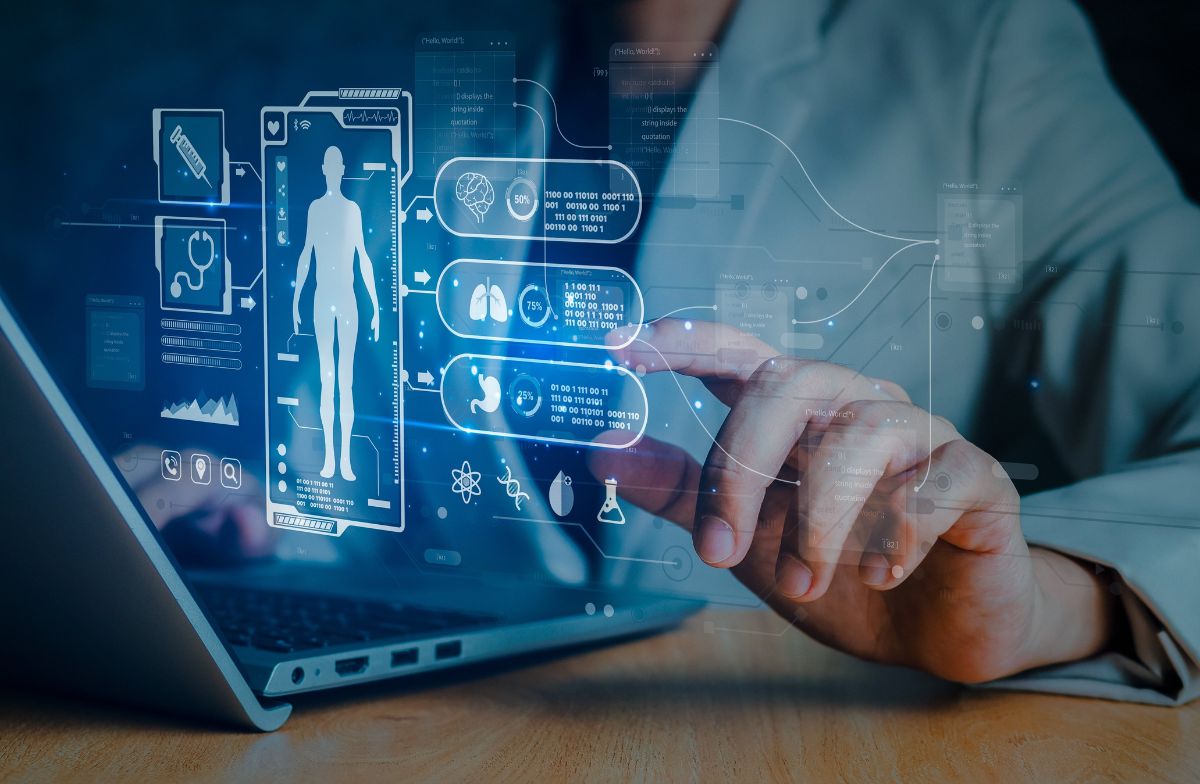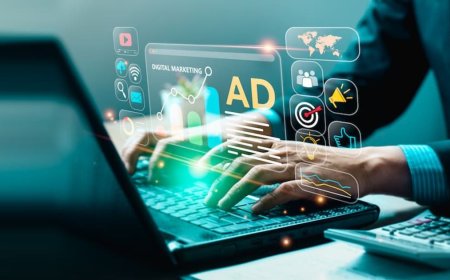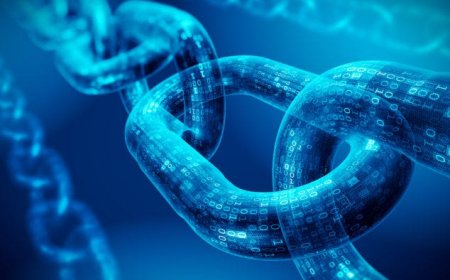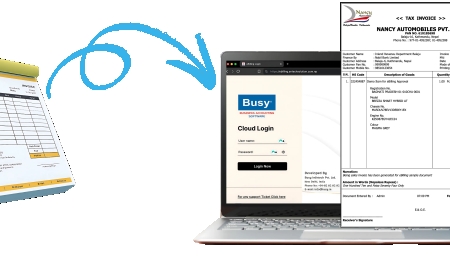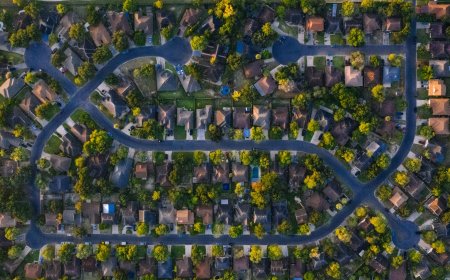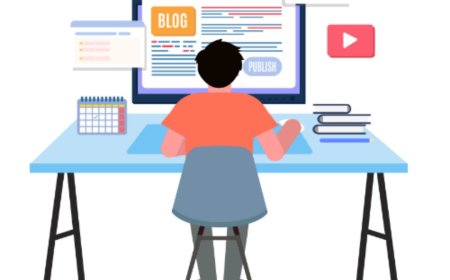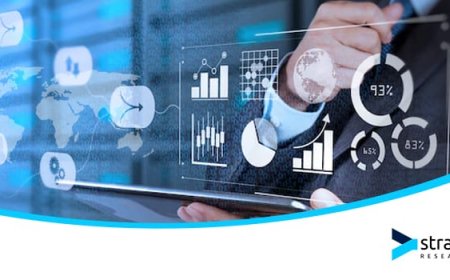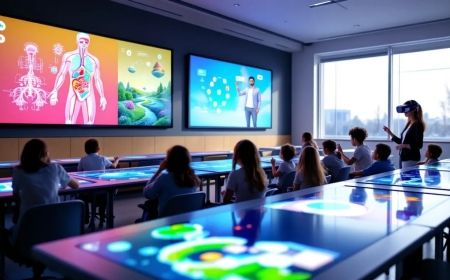Number Plate Recognition System for Safer and Smarter Highways
A number plate recognition system enables real-time vehicle identification, traffic violation detection, and enhanced road safety through automated monitoring.

Introduction
As nations invest heavily in modern infrastructure and intelligent transportation systems, ensuring road safety and optimizing traffic flow on highways have become top priorities. With increasing vehicle density, rising road accidents, and the need for round-the-clock surveillance, highway management requires more than manual enforcement and conventional cameras. The solution? Advanced automation through a number plate recognition system.
A number plate recognition system (NPRS) is a sophisticated AI-powered technology that uses cameras and image-processing software to identify and track vehicles based on their license plates. These systems are being widely adopted across smart highways to improve traffic enforcement, security, and overall operational efficiency. This article delves into how NPRS is reshaping highway management and contributing to safer and smarter roadways.
The Growing Need for Highway Intelligence
Highways are the backbone of intercity connectivity and freight logistics. However, they also present unique challenges:
-
Over-speeding and reckless driving
-
Toll evasion
-
Unregistered or stolen vehicles
-
Road congestion and bottlenecks
-
Manual errors in traffic enforcement
To mitigate these issues, transportation authorities are increasingly turning to AI and automation. Among the various technologies employed, number plate recognition systems stand out for their versatility and accuracy.
What is a Number Plate Recognition System?
A number plate recognition system uses optical character recognition (OCR) and video analytics to scan and extract vehicle license plate information from video feeds. High-speed cameras, often mounted on gantries, toll booths, or roadside poles, capture passing vehicles in real time.
The system then processes the image, identifies the number plate, converts the visual data into alphanumeric characters, and cross-references this data with national vehicle databases or local law enforcement systems. This real-time functionality makes NPRS an indispensable tool for highway patrols, toll operators, and city planners.
Key Applications on Highways
1. Speed Enforcement and Violation Monitoring
Over-speeding is one of the primary causes of highway accidents. NPRS systems integrated with speed detection technology can monitor vehicle speeds over time and distance. When a violation is detected, the system captures the license plate and automatically generates a violation report, reducing dependency on manual intervention and ensuring immediate action.
2. Toll Automation and Cashless Travel
Electronic toll collection becomes seamless with NPRS. Vehicles are identified as they approach toll plazas, and registered user accounts can be billed instantly. This reduces wait times, eliminates the need for physical barriers, and lowers emissions from idling vehicles.
3. Vehicle Blacklist and Stolen Car Detection
Highways are common escape routes for stolen or suspicious vehicles. NPRS systems can be configured to alert authorities instantly when a flagged number plate is detected, allowing for timely interception and coordinated law enforcement.
4. Traffic Analysis and Flow Optimization
NPRS provides rich datasets about vehicle volume, types, and travel patterns. This data supports real-time traffic management, helping authorities respond to congestion, accidents, or bottlenecks with greater efficiency.
5. Permit and Regulation Compliance
Some highways restrict access to certain types of vehicles (e.g., hazardous cargo or oversized trucks). NPRS can verify compliance with these regulations by checking license plates against pre-approved lists.
Enhancing Road Safety Through Intelligent Enforcement
The primary function of NPRS on highways goes beyond identification. Its ability to collect, process, and analyze vast amounts of data enables authorities to enhance safety across the entire road network.
For example, integrating NPRS with digital signage allows dynamic speed regulation. If a vehicle is detected speeding, alerts can be sent instantly or displayed in real time to encourage corrective behavior. Additionally, in the event of accidents, emergency responders can access vehicle information more rapidly, enabling quicker medical or fire services deployment.
This intelligent enforcement approach aligns with broader smart transportation goalsimproving compliance while reducing the burden on human resources.
AI at the Core of NPRS Evolution
What makes modern number plate recognition systems especially powerful is their integration with artificial intelligence and deep learning. Traditional OCR methods struggle with plate variations, poor lighting, or obstructions. AI models, however, continue to improve accuracy by learning from diverse real-world data.
These models can differentiate fonts, languages, or even partially obscured plates, ensuring reliable performance across geographies and vehicle types.
The trend toward AI-based surveillance doesnt stop at roads. In fact, sectors like aviation security are experiencing a similar revolution. For instance, disrupting conventional baggage scanning with AI illustrates how intelligent systems are also transforming passenger screening, offering more accurate, faster, and less invasive checks. These parallels highlight the widespread potential of AI to overhaul traditional safety practices.
Conclusion
Creating safer and smarter highways is no longer a futuristic idealit is a present-day necessity. The number plate recognition system offers a powerful combination of automation, precision, and real-time intelligence that supports law enforcement, improves driver behavior, and optimizes traffic flow.
As AI and machine learning technologies continue to advance, the integration of NPRS with other smart transportation systems will unlock even greater potential. From toll automation to highway security, this technology is steering the way toward a safer and more efficient future for road users everywhere.










